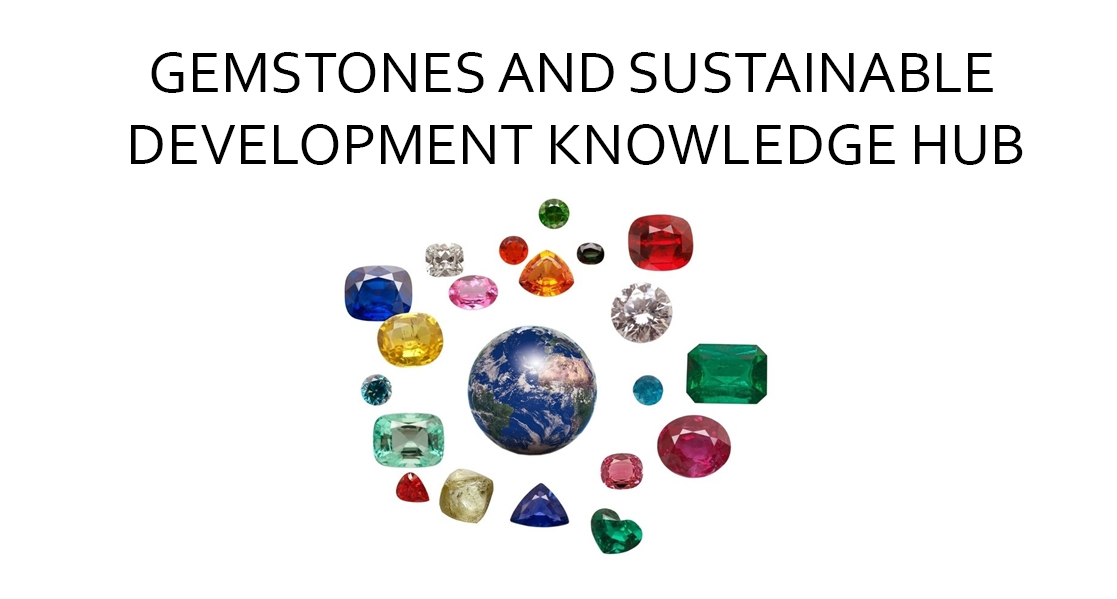By Dr. Monica Dominguez Torres
October 3rd, 2017
Before abundant sources of gold and silver were discovered in Mexico and Peru, pearls were the main riches that Spanish colonists exploited in the Americas. During his third trip to the Americas in 1498, Christopher Columbus discovered bountiful supply of pearls around the island of Cubagua, off the coast of today's Venezuela. The news about the existence of the highly prized commodity in the newly discovered seas quickly circulated inside and outside Spain. This gave rise to organized, and often conflict-ridden, ventures to harvest the Caribbean pearl beds. Such a ‘pearl rush’ lasted well into the seventeenth century, prompting, in turn, the production of a number of chronicles and exquisite artworks packed with visual information about this early colonial industry.
In particular, the eyewitness reports written by Gonzalo Fernández de Oviedo, Bartolomé de las Casas, Amerigo Vespucci, and Girolamo Benzoni offered divergent accounts about the New World pearl fishing industry. Often accompanied by illustrations, most of these publications presented pearl fishing in the Americas as a productive and peaceful enterprise, glossing over the industry’s downsides. Pearl fishing was, nonetheless, a straining and dangerous activity that prompted the emergence of one of the earliest forms of slavery in the Americas. Not only were local divers enslaved for the pearl fishing industry; islanders from other areas as far as the Bahamas were forcibly taken to pearl fisheries in the southern Caribbean. By the mid-sixteenth century, when the treacherous working conditions annihilated a considerable number of indigenous divers, African slaves were the labor of choice in the New World pearl fisheries.
Historians of the early modern Atlantic world have mostly mined these chronicles as primary sources to reconstruct the early economic and social history of the Spanish empire. However, the images produced around the same theme have often been considered devoid of historical truth, and have been circumscribed to studies of connoisseurship and patronage. Yet, all these works are highly elaborate constructs to articulate some of the views of power and authority that were in place in early modern Europe.
Consider, for example, an image created around 1594 by the engraver Theodor de Bry to illustrate the account written by Girolamo Benzoni. By the time the Milanese traveler reached Cubagua in 1541, the island had mainly become a slave trade post from which African captives were shipped to other areas of the New World—according to the Milanese writer, “Now all that country around the Gulf of Paria and other places are no longer inhabited by the Spaniards, because there are no more pearls nor gold, and the pearl fishery is at an end; so that having no other subsidy but that of slaves, and few of them, and the emperor having restored the natives to liberty, the Spaniards have retired to other countries. [1]" Yet, despite the catastrophic effects that the pearl industry had for the ecological and human dynamics of the region, the legend of the Pearl Island in the Caribbean lived on in de Bry’s edition of Benzoni’s work.
Plate 12, “Perlarum insula ob unionum copiam sic dicta,” in Girolamo Benzoni, Americae pars quarta, sive, insignis & admiranda historia de reperta primùm occidentalis India à Christophoro Columbo Anno M. CCCCXCII (Frankfurt: Theodor de Bry, 1594). Courtesy of the John Carter Brown Library at Brown University, Providence, Rhode Island, USA.
The Frankfurt-based printer privileged the views presented by the Spanish official chronicler Gonzalo Fernández de Oviedo y Valdés rather than the experiences described by the Milanese author. In his depiction of Cubagua as the Perlarum Insula (Island of Pearls), the engraver ignored Benzoni’s remarks regarding the depleted riches of the Pearl Coast and portrayed it as an infinite source of wealth, which is in tune with the famous Spanish chronicler. De Bry uses a continuous narrative to visually descvribing Columbus’s discovery: in the foreground, two large ships send dinghies toward busy Native Americans collecting pearl oysters in their canoes. Some jump out their boats to dive and search for oysters; others bring their heavy loads ashore. In the background, an interesting exchange of material goods takes place: over a map-like view of the island, two local women in the nude peacefully tender pearl necklaces to European men, who offer some cheap objects in exchange. The region’s wealth seems endless and accessible, very much like in Fernández de Oviedo’s account. Published fifty years after Cubagua’s pearl fisheries had been depleted, and countering Benzoni’s narrative, de Bry’s engraving celebrated the former glory of the tiny Caribbean island that secured for the Spanish Crown its first source of wealth from the New World.
[1] Girolamo Benzoni, History of the New World (London: Printed for Hakluyt Society, 1857), 12.
The blog was edited by Mehmet Altingoz


